Science Behind Teeth Discoloration
Introduction:
A bright, radiant smile is a universal symbol of health and vitality. However, over time, various factors can lead to teeth losing their luster and becoming discoloured. The science behind teeth discoloration is a fascinating journey into the intricate processes that impact our smiles. In this blog, we’ll delve deep into the causes, types of stains, and the underlying science that shapes the colour of our teeth.
Understanding Tooth Anatomy and Color
To truly grasp the science behind teeth discoloration, it’s essential to understand the anatomy of a tooth. The outermost layer, enamel, acts as a protective shield. Underneath lies dentin, a porous tissue with its own color. The combination of enamel and dentin determines the overall color of a tooth. While enamel is translucent, dentin’s natural color can range from yellow to gray, influencing the final appearance of teeth.
Extrinsic and Intrinsic Stains: The Two Sides of Discoloration
Teeth discoloration can be categorized into two types: extrinsic and intrinsic stains. Extrinsic stains occur on the surface of teeth and are typically caused by external factors. Coffee, tea, red wine, tobacco, and pigmented foods can all contribute to these stains. Intrinsic stains, on the other hand, originate from within the tooth’s structure. Factors like trauma, certain medications, and even genetics can lead to intrinsic discoloration.
The Role of Chromogens: Pigments that Stain
Chromogens are pigments found in many foods and beverages. These molecules have an affinity for dental surfaces and can easily attach to enamel and dentin. When chromogens accumulate, they result in stains. The nature of the chromogens in the substances we consume determines the type of stain that forms. For example, the deep color of coffee comes from its specific chromogens.
Acids and Tooth Enamel Erosion
Acids present in foods, drinks, and even stomach acids can weaken tooth enamel. Enamel erosion exposes the dentin beneath, which is naturally yellow in color. The combination of dentin’s hue and enamel erosion can lead to teeth appearing more yellow or discolored. Acidic beverages like citrus juices and sodas are notorious for contributing to enamel erosion.
Oxidation and Aging: A Natural Progression
As we age, oxidative stress takes a toll on our bodies, including our teeth. Oxidative reactions can cause teeth to darken over time. Free radicals, which are unstable molecules, play a role in oxidative stress. These molecules can lead to changes in tooth color, particularly as enamel becomes thinner with age, revealing more of the yellow-hued dentin beneath.
Tooth Whitening: Unveiling the Science
Tooth whitening treatments operate on the principles of science. Whitening agents, often peroxide-based, work by penetrating the enamel and dentin. These agents then initiate chemical reactions that break down the chromogens responsible for stains. The end result is a brighter, whiter smile. Professional whitening treatments, whether in-office or at-home, leverage this science to reverse discoloration.
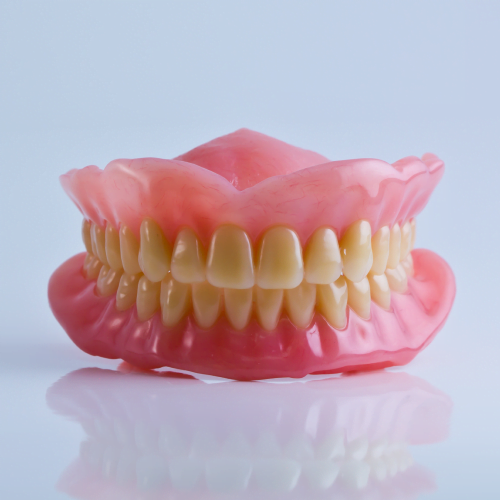
Fluorosis: The Paradox of Excessive Fluoride
Dental fluorosis is a condition that demonstrates the delicate balance in tooth color. While fluoride is essential for preventing tooth decay, excessive exposure during tooth development can lead to white spots and discoloration. The science behind fluorosis underscores the importance of monitoring fluoride intake, especially in young children.
Prevention and Maintenance: Navigating the Science for a Bright Smile
Armed with the science of teeth discoloration, prevention becomes a proactive endeavor. Practicing good oral hygiene, avoiding excessive consumption of stain-inducing substances, and staying mindful of acidic foods and drinks all contribute to maintaining tooth color. Regular dental cleanings and check-ups aid in the removal of surface stains and early detection of intrinsic discoloration.
Conclusion: Embracing the Science for a Radiant Smile
The science behind teeth discoloration is a blend of biology, chemistry, and lifestyle choices. Understanding the processes that influence tooth colour empowers individuals to make informed decisions about their oral health. From managing extrinsic stains to addressing intrinsic discoloration, the knowledge gained from exploring this science paves the way for maintaining a confident and radiant smile throughout life.



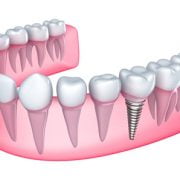
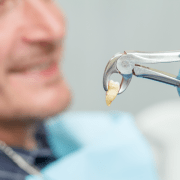

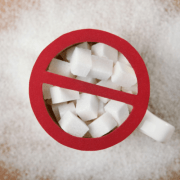
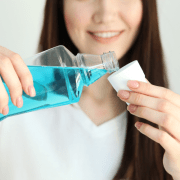
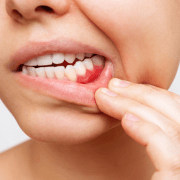


Leave a Reply
Want to join the discussion?Feel free to contribute!